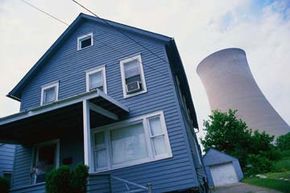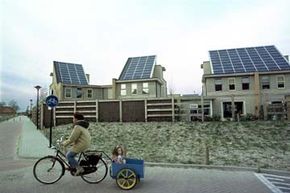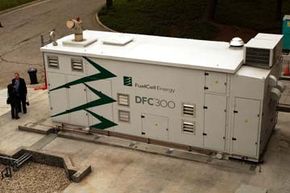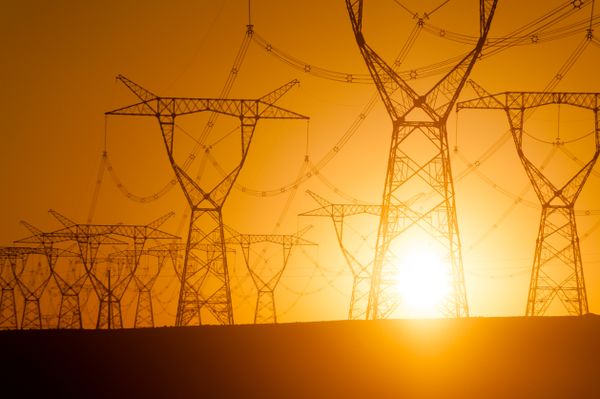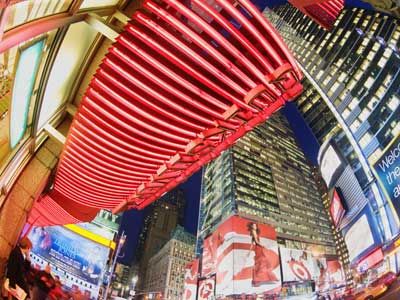Once upon a time, there was a kingdom ruled by an all-powerful king. Each day, the king would visit the villages in his domain, bringing every household the wonders of daily life: cold meats and cheeses, artificial lighting, air conditioning, and a generous selection of streaming services to choose from. However, with each passing month, the king demanded a timely -- and costly -- tribute from his people, often raising the prices of this monetary token for seemingly no reason.
Then one day when the king came by, he brought none of the glorious gifts they'd grown to depend on. When the people asked the king what had happened, he told them that a tree had fallen over on a power line in a village on the far side of the kingdom. Now who would bring the people such fine electric gifts, if not the king? It wasn't as if they could make these things themselves.
Advertisement
This scenario resembles what has long been the relationship between the average U.S. resident and the power grid that supplies his or her electricity. For decades, we've depended on an outdated, centralized system that wastes power and occasionally fails to meet everyone's needs. The concept of microgrids is changing all of this, however. Let's explore the capabilities and benefits of microgrids.
